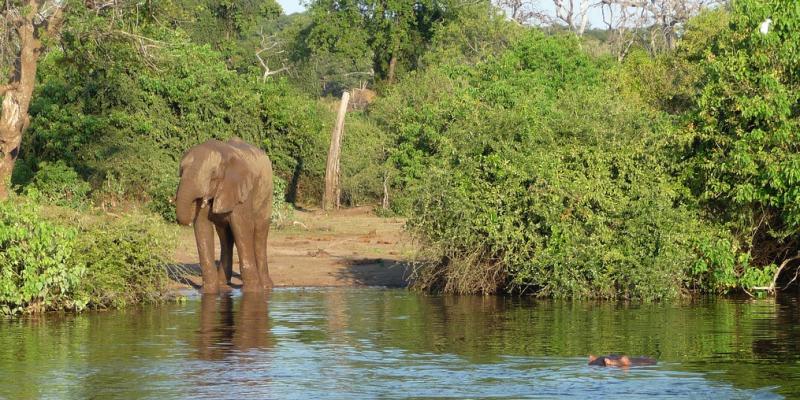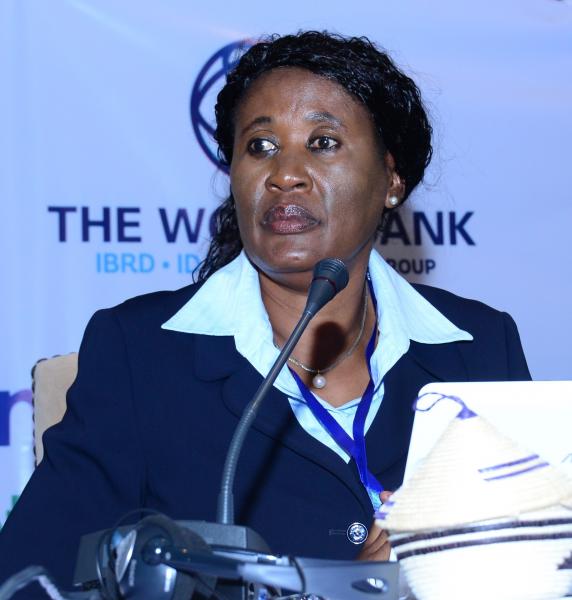
By Portia Segomelo
Natural capital accounting is the new ideal for evidence-based economic planning and policy by governments that are aiming for sustainable development.
Natural capital accounting is a process of measuring our natural resources, recognizing their value, and incorporating that information directly into national economic accounts and statistics. This type of accounting uses consistent and comparable data to show how natural resources contribute to the economy, and how the economy affects natural resources. Natural capital “accounts” of data paint a broader picture of economic development than standard measures such as gross domestic product (GDP).

Based on the experience of Botswana, which has used natural capital accounting since 2012, governments that aim to use this process should address the following issues:
- Do the government’s policies allow it to track and understand the production and consumption patterns within its economy?
- Does the government’s economic planning process derive meaning and content from available natural capital, human capital, and financial resources in a balanced fashion?
- Does the government assign the same level of importance to natural capital as to economic and social capital? In most countries, the latter two cannot be attained unless its natural capital is maintained at the proper level of ecological integrity.
- What are the observed effects of government investment in programs and policies pertaining to natural capital, such as tariffs for water use and subsidies for agriculture or businesses?
In this context, a necessary part of the process to achieve sustainable development is regular monitoring, evaluation, and analysis of natural capital accounting policies. However, this is not without its challenges, which include inadequate availability of data, inadequate government capacity to implement natural capital accounting and monitor the accounts, and changes in government priorities.
Policy pillars for natural capital accounting
It’s desirable for a government to have a natural capital accounting framework to complement other planning and economic management frameworks. Within that natural capital framework, four pillars should be considered for each policy: relevance, responsiveness, resilience, and retention of those elements that have the potential to yield sustainable development results.
How do we get there, with what resources, who should be involved, and what does this entail in a practical sense?
1. Relevance: What is the focus of the policy, and which key issues is it addressing? As the policy’s priorities evolve, natural capital accounting should provide the evidence to support that change and the direction for that change. For example, in a wetlands management system like the Okavango Delta of Botswana, decisions to exploit minerals should be based on competing evidence: on the one hand, the ecological and socioeconomic opportunities to be gained from deriving revenues from minerals; and on the other hand, the policy inclination to maintain the ecological integrity of this unique ecosystem, listed under both the UNESCO World Heritage Convention and the Ramsar Convention on Wetlands of International Importance. Trade-offs become clear when they are informed by both monetary accounts, and natural capital accounts showing physical flows.
2. Responsiveness: Who is affected by a change in policy, and do they participate adequately in that change process? It’s vital to ensure that policies are demand driven, and that they effect the required change for the many interests and various socioeconomic levels involved. In an active economy, cross-linkages between players cannot be avoided. For example, in a country where water and land are scarce, the government should adopt a model of natural capital accounting that examines the relationships between water and poverty; water and energy; water and sanitation; water and tourism; and water and the productive sectors of agriculture, mining, and fisheries. This model will provide data to inform various aspects of water policy, including tariffs, production and consumption levels, and allocations to economic sectors and reserves.
3. Resilience: Are mechanisms in place to maintain the natural capital accounting program as part of the government’s normal planning, budgetary, and policy processes, even when government policy shifts? Effective communications that informs policy decisions and keeps users of the results interested in and alert to the various stages of accounting can go a long way toward maintaining the desire for more accounts—especially in economies that rely on natural resources.
4. Retention: Is there scope for the government to maintain and enrich its natural capital accounting activities? Countries commonly develop national development plans, poverty reduction strategies, drought mitigation plans—and lately, climate change adaptation strategies and biodiversity strategies. More broadly, at the regional and international levels, countries ratify multilateral conventions. Implementing all these plans and agreements provides an opportunity for a government to improve its capacity to conduct natural capital accounting. This can include training for institutions such as central statistical offices.
Portia Segomelo is the Regional Advisor for Africa to the WAVES partnership of the World Bank Group. This post was adapted from a presentation that she gave at the Annual Partnership Meeting of WAVES in Kigali, Rwanda, in June 2017
